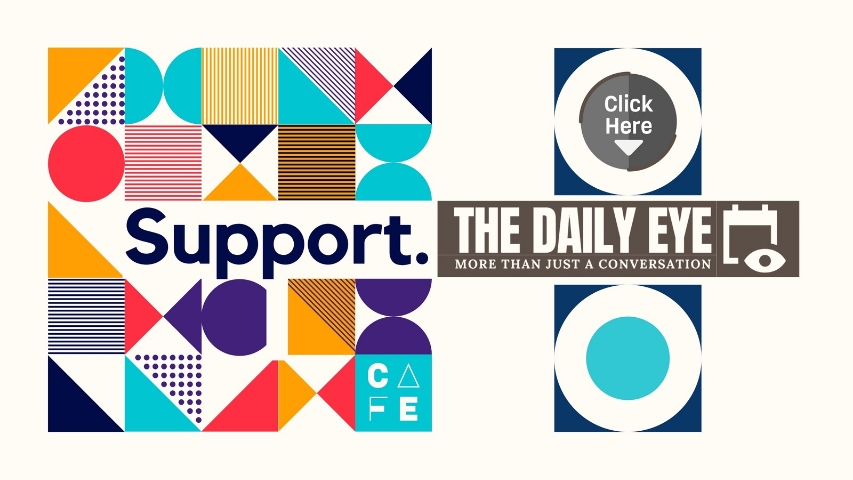
BUSINESS: CHALLENGING CREDIBILITY OR INFLUENCING SALE?
by Monojit Lahiri March 27 2025, 12:00 am Estimated Reading Time: 4 mins, 5 secsFrom Leela Chitnis to today’s stars, celebrity advertising in India has evolved dramatically—entertaining, controversial, and often mismatched. The challenge? Balancing brand credibility with celebrity charisma in a polarized world. Monojit Lahiri Investigates.
Celebrity endorsements in Indian advertising have transformed drastically since Leela Chitnis first appeared in a Lux ad in 1941. From Bollywood stars to cricketers, the Indian ad industry has embraced celebrity culture to boost brand visibility and recall. But with today's hyper-aware consumers, social media scrutiny, and evolving political sensitivities, brands must tread carefully. Matching celebrities with products requires more than star power—it demands authenticity, alignment of values, and strategic storytelling to convert viewers into loyal customers. The landscape of celebrity advertising in India is exciting, but without thoughtful execution, it risks becoming an expensive spectacle.
First, an interesting factoid.
Did you know that our desi consumers were first wooed and wowed in the area of celebrity advertising way back in 1941 by the most unlikely desi celebrity – Leela Chitnis – of Awara fame? She modelled for Lux Toilet Soap and instantly entered the history books as the first-ever Indian model to feature in a brand previously reserved only for the JWT-contracted Hollywood actresses. Today, brand Lux is considered the gold standard for aspirants and achievers, and featuring in their campaigns is generally acknowledged as a sign of “having arrived.”
The Celebrity-Consumer Connection: Then and Now
Leela Chitnis kicked off a category that first cantered before galloping—navigating twists and turns, evolving with the times, and adapting to the needs of an ad-scape that was growing more complex and unpredictable by the day. The challenge for all brand custodians post-1991 was to keep their ears to the ground and a hand on the pulse of the new-age Indian consumer—impatient, promiscuous, spoilt for choice, with little loyalty to brands and even less to templates of the past. Add to this globalization, consumerism, disposable income, and the rise of working women with purchasing power—and the confusion compounded. Since Bollywood and cricket were India’s undisputed ruling religions, the ad world thought: why not co-opt them into our blueprint? They ensured “stopper-value” and memorability, two critical hooks to attract attention, generate interest, trigger demand, and initiate action. Enter celebrity advertising.
As expected, the earliest examples of this genre were received with equal doses of curiosity and excitement. Stars endorsing brands? Really? Predictably, these ads scored sky-high on noticeability and memorability. No celeb/Bollywood junkie could ignore them. Euphoric with the brouhaha and buzz they created, clients, agencies, and stars forgot one very simple and basic objective of this category of advertising: Sell the product!
Tragically, what happened then—and continues now—is that while everyone remembers these ads and TVCs featuring their favorite celebrities, they often forget the name of the brand or product! How can you blame them? SRK or Salman, Hrithik or Akshay Kumar, Deepika or Kareena, M.S. Dhoni or Virat—any of them can dazzle viewers into forgetting what the endorsement was about. Moreover, the compatibility between celebrity and brand is frequently stretched beyond credibility. Can you imagine the gorgeous Madhuri Dixit with steel grills, Big B with Zandu Balm, cutie-pie Alia Bhatt with traditional Vicco, Greek god Hrithik Roshan with Paragon footwear, M.S. Dhoni with Bharat Matrimony, or Virat Kohli with cough drops? Can any sane viewer truly believe that these celebs use the brands they endorse?
The Trouble with Starry Endorsements
As if these hysterical mismatches weren’t enough, today serious social and political issues have entered the scene, polarizing customer and viewer perspectives. In a time when every thought, word, or deed is under scrutiny, anything even remotely off-key—especially regarding religion—is bound to land in trouble.
Is it fair? Ad industry heads acknowledge that this is indeed a “grey area,” and a new rulebook needs to be scripted to navigate this minefield. Celebrities’ personal convictions and beliefs must be clearly understood and greenlit before bringing them on board. Otherwise, there could be an embarrassing clash of vision and values between the brand and the celebrity. It is imperative they are on the same page—especially with big names. The problem, experts claim, is that most brands have no clear stance on issues like ecology, freedom of expression, cultural pluralism, or diversity—while many evolved celebrities, unafraid to be honest and practicing what they preach, do. In today’s volatile environment, brands must recognize that they’re not just buying fame and screen presence. They’re buying the whole person—their next rant, scandal, political belief, even their silence on burning issues.
So, if meaningful celebrity endorsements are what you're after—please, handle with care. Otherwise, it will be a very expensive, albeit entertaining, time pass. Nothing more, nothing else!






-173X130.jpg)

-173X130.jpg)

-173X130.jpg)
-173X130.jpg)

